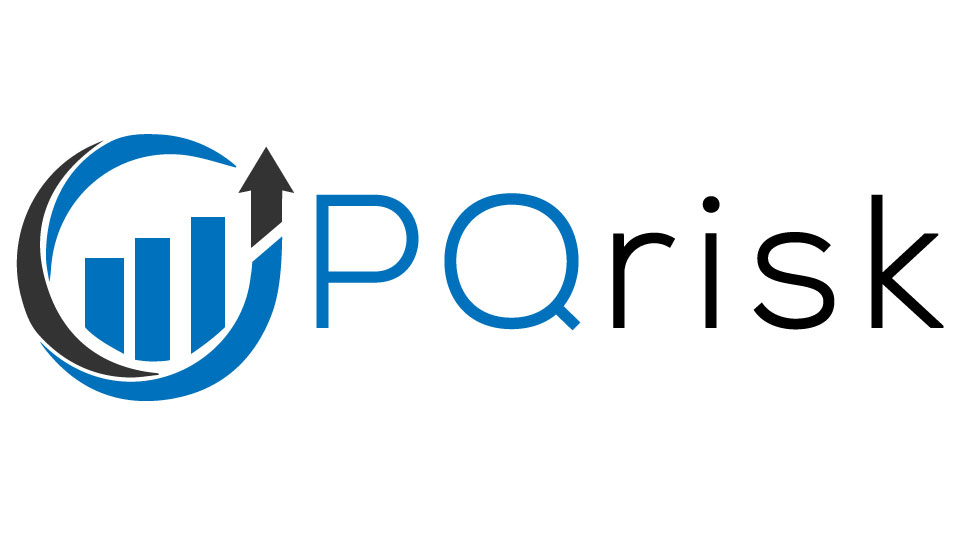0044 7443 433327
System Studies
Obtain system studies—or independent third-party review of studies—to model, simulate, interpret and act on the harmonic impact of your connection on an ad-hoc, day-rate basis.
Data Collation and Model Building
Building a model suitable for harmonic analysis requires a lot of data from manufacturers, different parts of your project team, and the utility. Requesting the right data, at the right time, is essential, but even then it will be necessary to make assumptions, to use equivalent data and modelling techniques. With experience in building windfarm, HVDC and non-linear load models, defining connection criteria, and assessing compliance against limits of harmonic voltage distortion, I am well placed to not only deliver these works, but to do it in an open way, with explanations, so that your power system engineers start to acquire these skills themselves. For me, that is a job well done.
- Identification of data requirements
- Liaison with utility, manufacturers and project team
- Detailed harmonic model building
System Performance Simulation
It is important not just to obtain results and conclude, but to understand the sensitivity of your model to the various plant and system items and uncertainties. All models are imperfect, but through sensitivity analysis, a reliable picture of risk can be formed—enabling strategic and defensible investment decisions to be made. Combinations of system and plant operating conditions must be credible, and it can be wise to consider statistical aspects alongside worst-case conditions when performing studies. It's about balancing cost and risk and I will give your board, and your engineers, a well-justified position on power quality risk to inform design and investment.
- Sensitivity analysis to inform model refinement
- Multiple simulations with big-data analysis if required
- Data interpretation to form strategic recommendations
Connection Compliance Assessment
In many cases, the first question is "do I need a filter?" and the answer is usually that it is possible, but not certain without extensive studies. The likelihood can, however, be estimated based on technology type, connection topology and background harmonic level at or around the connection site. For small connections to strong networks, it is less likely that mitigation will be required, and for connections with lower levels of emission, it is also less likely but it is not until you model the combination of connection and system impedance that you can start to form a design strategy to mitigate the risks of series and parallel resonances. I can provide guidance at all stages of your project, from initial expectations to inform land and consents requirements to fully simulated pre-connection compliance demonstration to enable energisation.
- Emission (incremental) harmonic limit compliance
- Assessment of modification of background harmonics
- Full assessment to ER G5/4, ER G5/5 or IEC61000-3-6
Mitigation Strategy
System studies will often conclude that for the worst-case combination of connecting system and utility impedance, a filter is required: but is that a credible enduring system state and are the costs risk-reflective? All standards include a probabilistic aspect to compliance and this should be considered alongside investment and risk when making decisions on mitigation. In some cases, such as current source HVDC, significant filtering will always be required, but in the marginal cases of low-emission connections such as electrified rail, large non-linear loads and voltage source HVDC, it can be beneficial to consider a cost-versus-risk-based analytical approach rather than to design for the worst-case. I can work with your project team to develop your understanding of these aspects and to help specify mitigation where required.
- Creative options analysis for mitigation strategy
- Probabilistic, risk-based recommendations
- Filter conceptual design specification where appropriate
Contact me
- 0044 7443 433327
- peter@pqrisk.com
- Check my CV and LinkedIn to see relevant utility, project and industry experience.
- Read Frequently asked questions.
